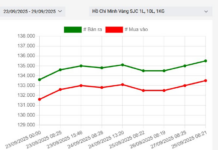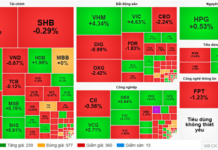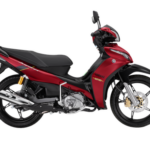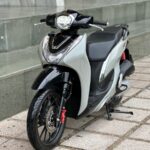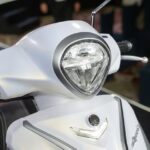In Vietnam, consumers opt for semi-automatic transmission motorcycles due to their affordability and ease of use compared to scooters. The Honda Future and Yamaha Jupiter Finn are two mid-range models within this category, targeting customers who prefer the functionality of a semi-automatic transmission but desire a more premium experience.
Recently, Yamaha introduced an upgraded version of the Jupiter Finn in the Thai market, featuring several enhancements that elevate the safety standards.
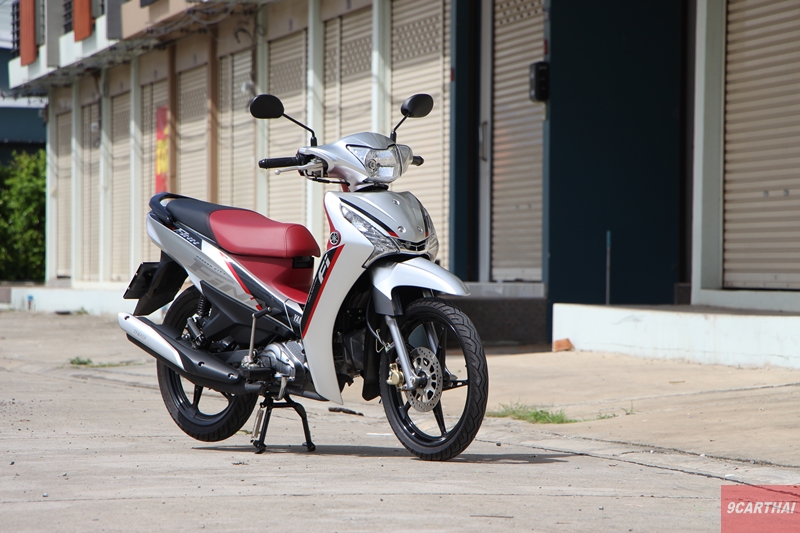
Yamaha Thailand unveils the new Jupiter Finn.
Notably, Yamaha Thailand equipped the new Jupiter Finn with a significant upgrade to its braking system, introducing the Unified Brake System (UBS). This innovation ensures that when either of the brake levers is engaged, the braking force is distributed evenly between the front and rear brakes, reducing braking distance and enhancing safety during operation.
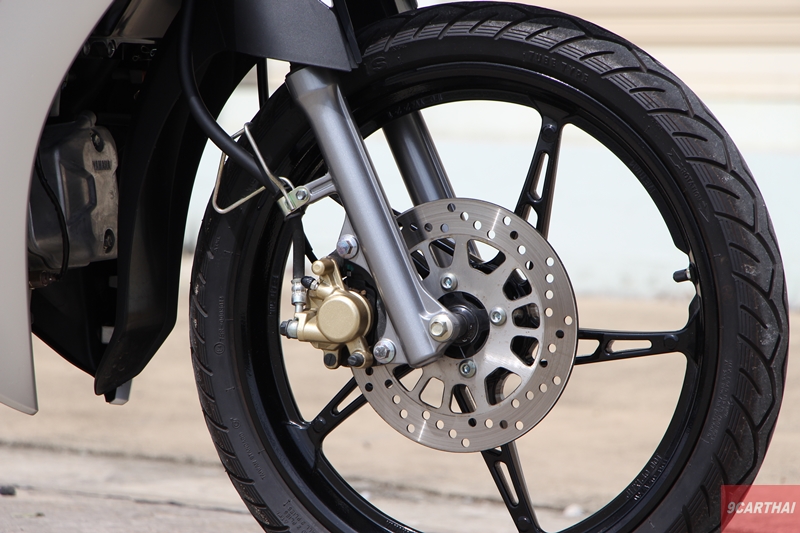
The Yamaha Jupiter Finn is the first in its segment in Thailand to feature the unified brake system.
According to Yamaha, this feature is a first for this segment. While the concept of a unified braking system is not new and has been commonly found in scooters, it is typically referred to as the Combi Brake System (CBS) and operates on a similar principle.
Interestingly, the latest iteration of the Yamaha Jupiter Finn sold in Vietnam has also incorporated this advanced braking feature.
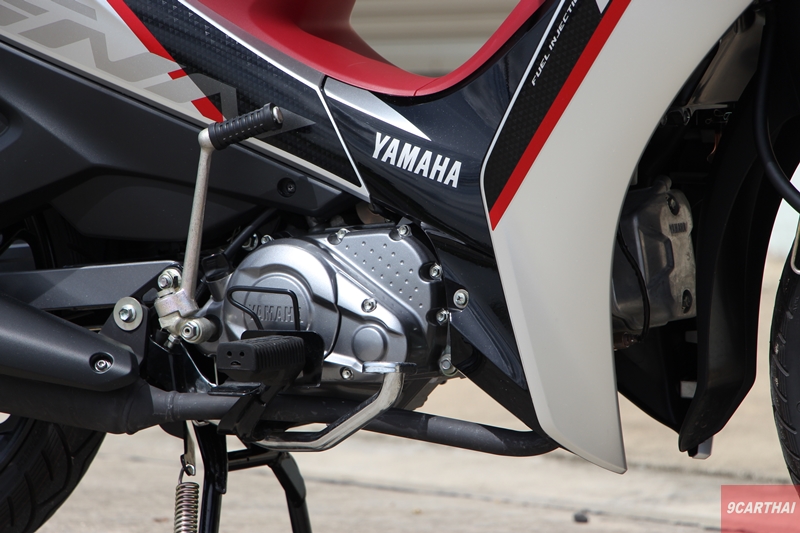
In terms of engine specifications, the newly launched Yamaha Jupiter Finn in Thailand closely resembles the model currently available in Vietnam. However, the Thai version boasts impressive fuel efficiency. According to the published specifications, the Jupiter Finn achieves a fuel consumption rate of 91.18 km/l, which equates to approximately 1.1L/100km.
This figure is remarkably lower than that of other semi-automatic transmission motorcycles sold in Vietnam, which typically consume 1.5L/100km or more. The Honda Future, with its fuel efficiency of 1.47L/100km, comes closest to matching the Jupiter Finn’s performance.
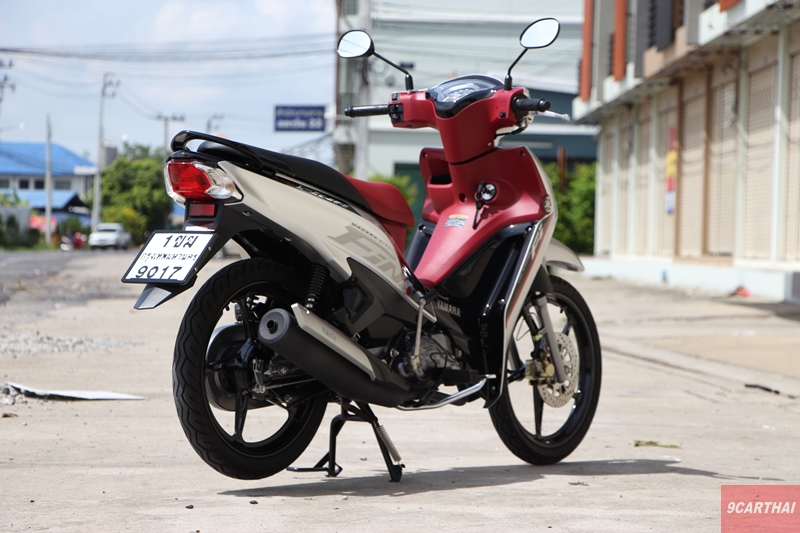
The Yamaha Jupiter Finn in Thailand boasts a fuel consumption rate of approximately 1.1L/100km.
Additionally, the new Yamaha Jupiter Finn offers a SP version, which features YSS DTG Plus rear shocks. These adjustable shocks allow riders to customize the suspension settings according to their preferences and riding conditions. For instance, a softer setting can be selected for comfortable city cruising, while a firmer setting can be chosen for high-speed riding or when carrying heavy loads, ensuring improved stability.
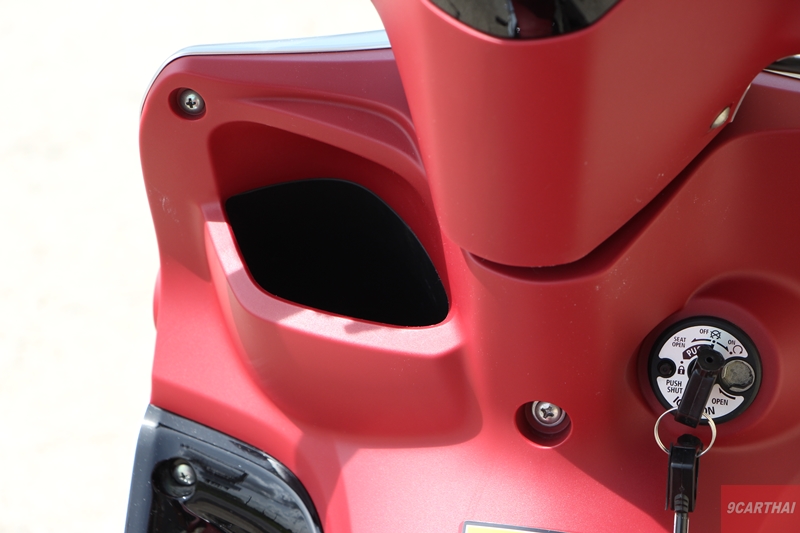
Aside from these notable upgrades, the new Yamaha Jupiter Finn retains the core features and design elements of its predecessor sold in Vietnam. Some standout features include a spacious 9.7-liter under-seat storage compartment, a front storage compartment, and a multi-functional mechanical key system.
In Thailand, the Yamaha Jupiter Finn is priced starting from approximately 33.2 million VND for the base model with spoked wheels and drum brakes, up to around 40.5 million VND for the Special Edition model, which boasts alloy wheels and a disc brake.
Images sourced from 9carthai
The Ultimate Scooters: Honda’s Dynamic Duo with Impressive Fuel Efficiency and Spacious Storage
“These two car models are particularly popular with women due to their stylish designs and plethora of convenient features. The sleek and modern aesthetics of these vehicles captivate the feminine eye, while the abundance of practical amenities enhances their overall driving experience. From built-in navigation systems to spacious interiors, these cars offer a perfect blend of form and function, making them the preferred choice among women drivers.”
The Scooter’s a Gas Guzzler? 5 Tips to Reduce Fuel Consumption.
Your daily riding habits could be causing your scooter to guzzle gas. Implement these simple tips to reduce your fuel consumption, lower costs, and protect the environment.








